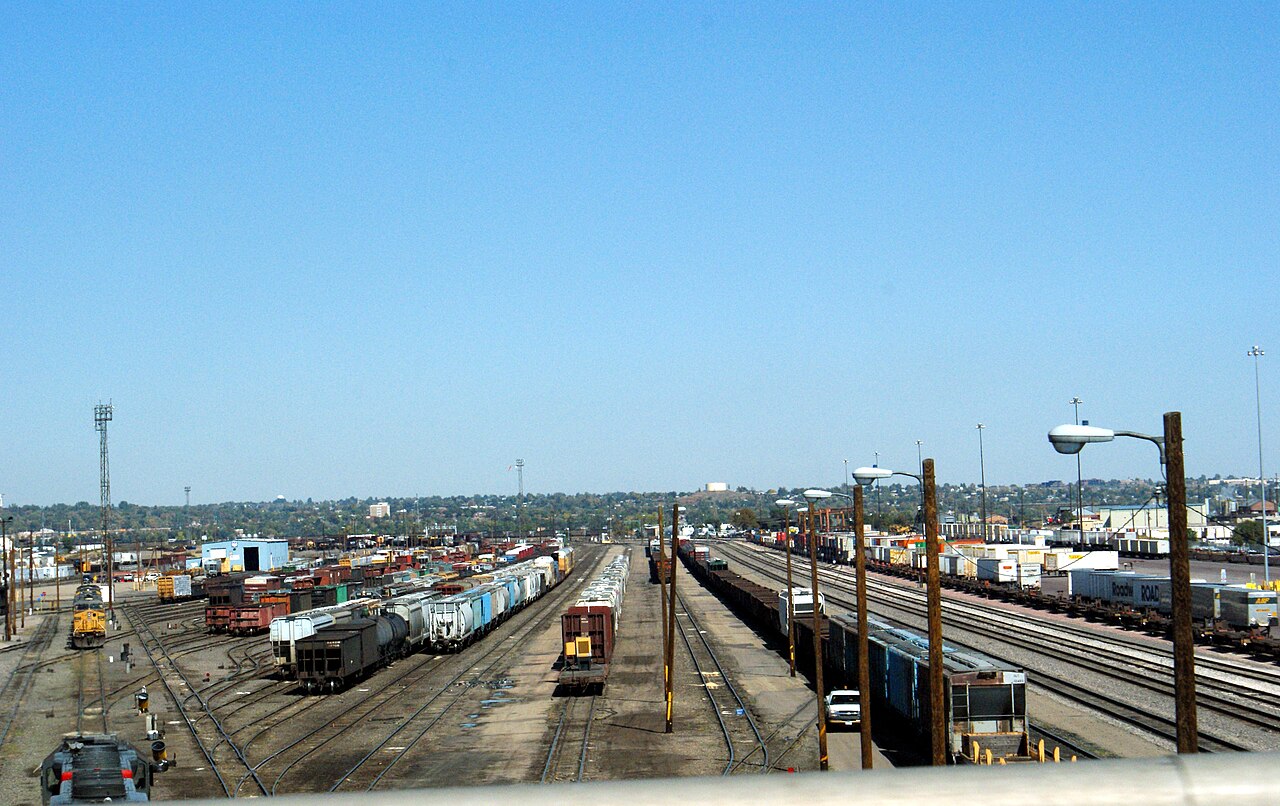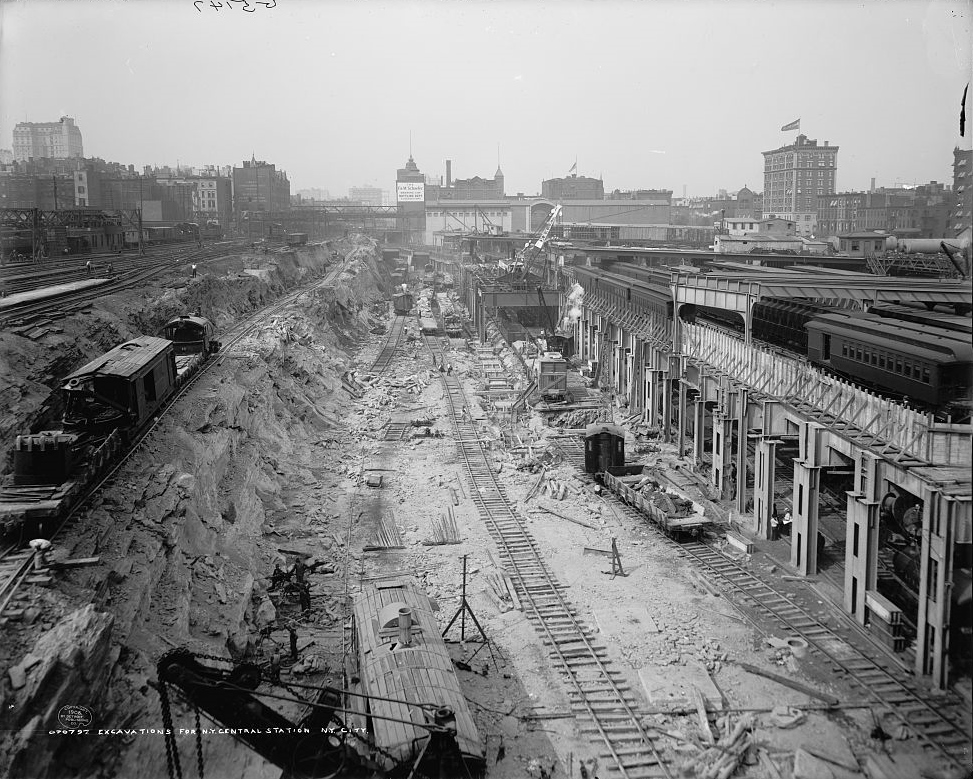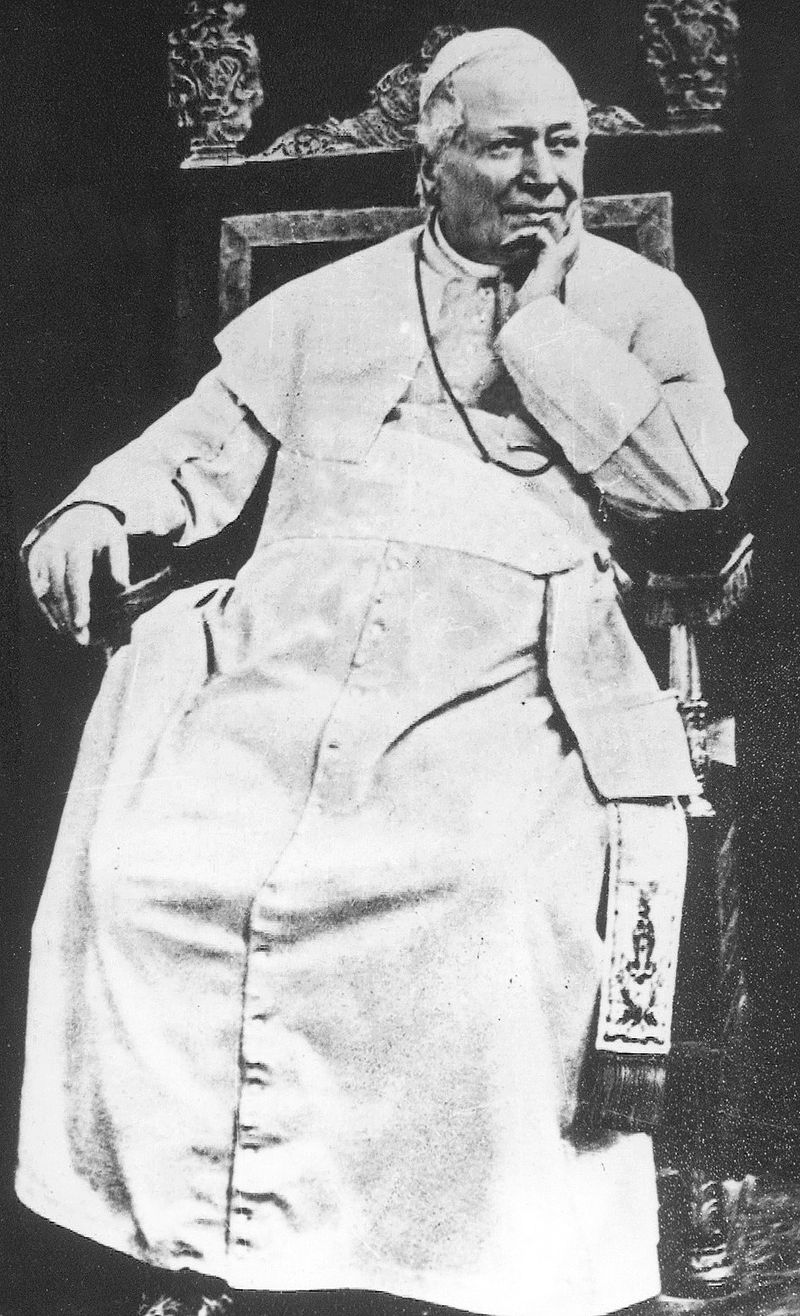The
19th-Century.
Our Lady of Sorrows.
Sancta Mater Dolorosa.
In 1817, Pope Pius VIII extended to the whole Church The Feast of The Seven Sorrows of Our Lady (Feast Day 15 September), which had been observed by The Servites since the 13th-Century.
English: Seven Swords piercing The Sorrowful Heart of Mary
Español: Iglesia de la Vera Cruz (Salamanca).
Photo: 18 August 2014.
Source: Own work.
(Wikimedia Commons)
Text is from The Saint Andrew Daily Missal,
unless otherwise stated.
In 1817, Pope Pius VII extended to The Whole Church The Feast of The Seven Sorrows of Our Lady (Feast Day 15 September), which had been observed by The Servites since the 13th-Century.
In 1849, this Pope Instituted The Feast of The Most Precious Blood of Our Lord (Feast Day 1 July) and raised The Feast of The Visitation of Our Blessed Lady (Feast Day 2 July) to that of a Double of The Second-Class, on the occasion of his return to Rome from exile.
Blessed Pope Pius IX, born Giovanni Maria Mastai-Ferretti,
who reigned from 16 June 1846 to his death in 1878.
In 1849, this Pope Instituted The Feast of The Most Precious Blood of Our Lord
(Feast Day 1 July) and raised The Feast of The Visitation of Our Blessed Lady (Feast Day 2 July)
to that of a Double of The Second-Class, on the occasion of his return to Rome from exile.
Date: Circa 1878.
description page is/was here
(Wikimedia Commons)
In 1847, Blessed Pope Pius IX extended to The Universal Church The Feast of The Solemnity of Saint Joseph (Feast Day being The Wednesday after The Second Sunday after Easter), and, in 1870, he declared this Holy Patriarch Protector of The Universal Church.
In 1854, Blessed Pope Pius IX proclaimed The Dogma of The Immaculate Conception of Mary, its Feast Day (8 December) having been already granted to The Whole Church by Pope Clement X in 1708. Pope Leo XIII extended The Vigil of this Feast to The World in 1879.
The 19th-Century.
The Feast of The Sacred Heart (Feast Day being The Friday after The Octave of Corpus Christi), approved by Pope Clement XIII in 1765, was raised in 1889 to the Rank of a Double of The First-Class.
In 1854, Blessed Pope Pius IX Consecrated the Basilica of Saint Paul-without-the-Walls, the former Church having been destroyed by fire in 1823, and fixed The Feast of The Dedication as 18 November.
Photogram of the 1896 film
"Sua Santitá papa Leone XIII",
the first time a Pope appeared on film.
Date: 1898.
Prints and Photographs Division under the digital ID cph.3a00543
Author: Unknown.
(Wikimedia Commons)
In 1888, Pope Leo XIII, moved by the sad trials which The Church was undergoing, composed a Mass and new Divine Office for The Feast of Our Lady of The Rosary (Feast Day 7 October). He also raised this Feast to the Rank of a Double of The Second-Class.
Similarly, in 1879, Pope Leo XIII raised to the Rank of a Double of The Second-Class The Feast of Saint Joachim, his Patron (Feast Day 16 August), and that of Saint Anne (Feast Day 26 July).
The 19th-Century.
The Saints of this Century are: Saint John Vianney, the Holy Parish Priest (†1859. Feast Day 9 August); Saint Gabriel of Our Lady of Sorrows, a Passionist (†1862. Feast Day 27 February); Saint Theresa of The Infant Jesus, a Carmelite (†1897. Feast Day 3 October); Saint Conrad of Parzham, a Capuchin Lay-Brother (†1894. Feast Day 24 April); Saint Mary-Bernard, of The Sisters of Nevers (Bernadette Soubirous of Lourdes, †1879. Feast Day 18 February); Saint Joseph Cottolengo, The Vincent de Paul of Torino (†1842. Feast Day 30 April); Saint John Bosco, Founder of The Salesians (†1888. Feast Day 31 January); Saint Andrew Fournet (†1834. Feast Day 13 May) Founded a Congregation of Daughters of The Cross, and Saint Mary Michael of The Blessed Sacrament (†1865. Feast Day 25 August), another of The Adorers of The Blessed Sacrament.














.jpg&container=blogger&gadget=a&rewriteMime=image%2F*)









